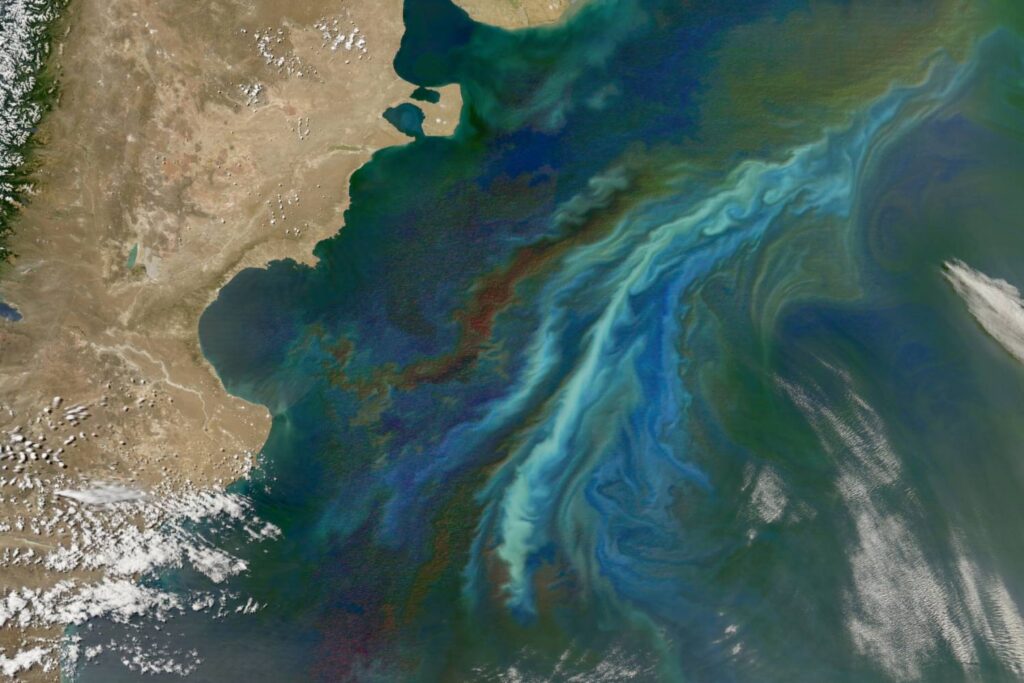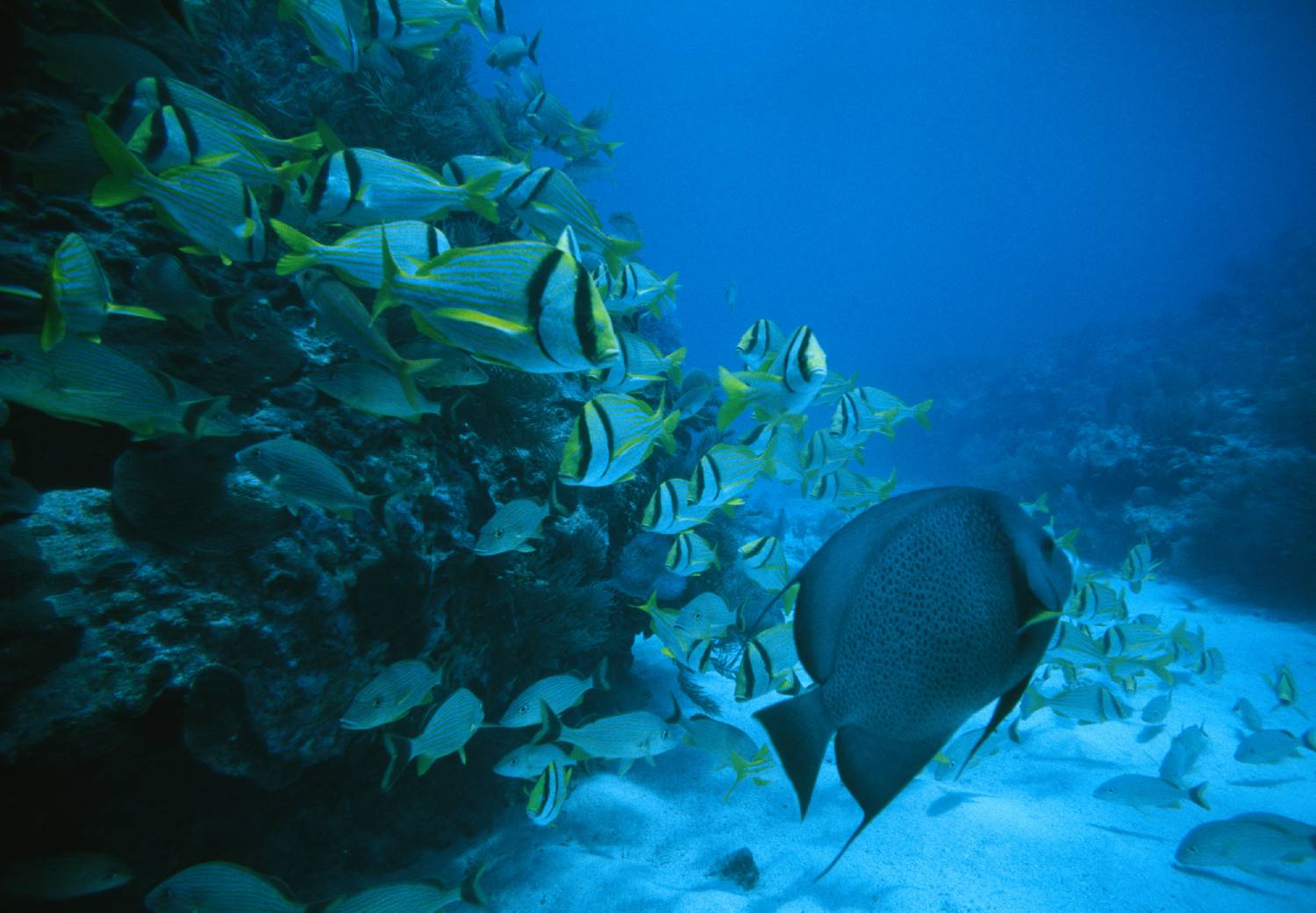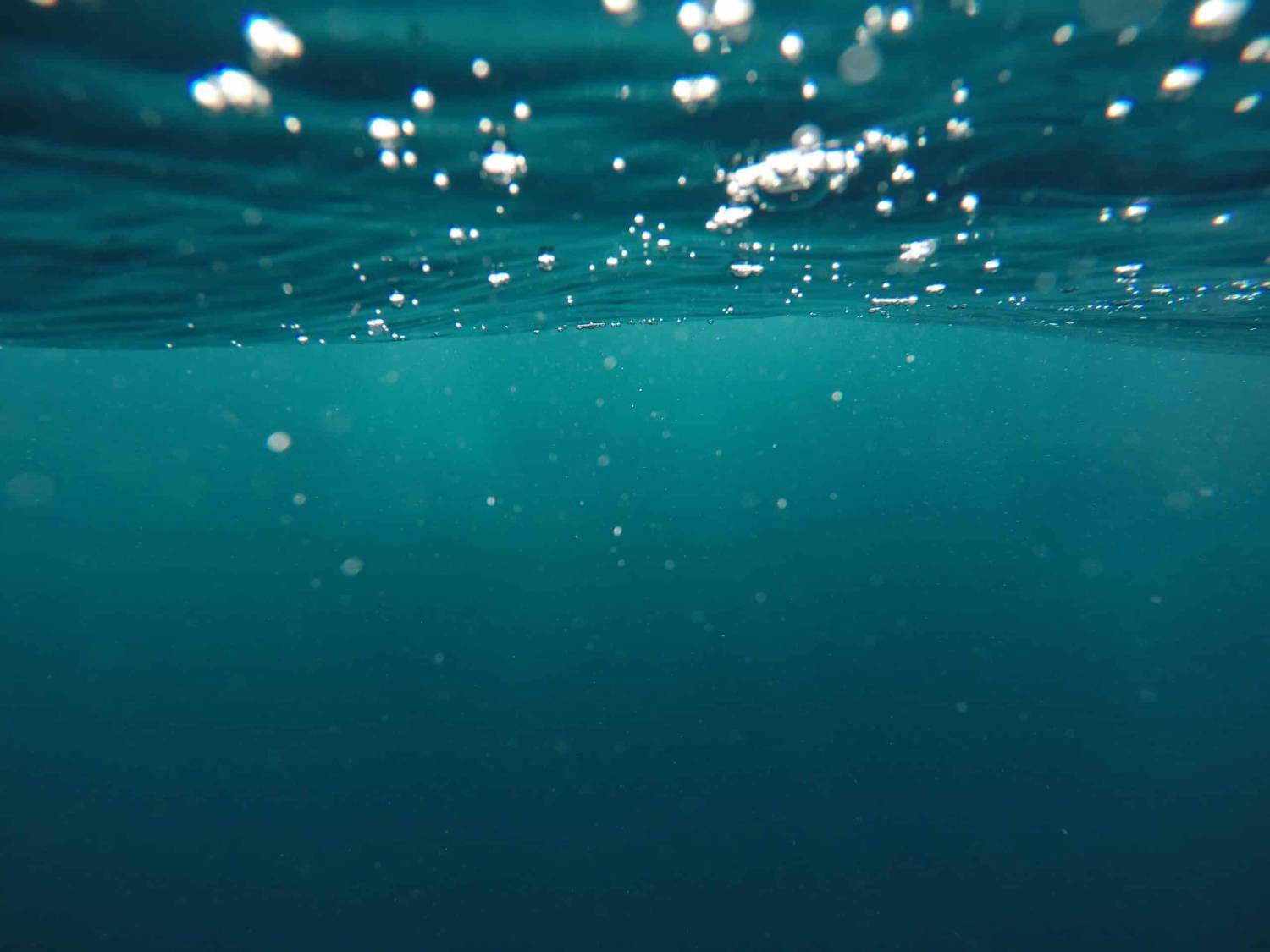The Science Blog

Ocean Fertilization: Can It Reverse Climate Change?
Scientists and environmentalists are looking for many solutions in the fight against climate change. One controversial method is ocean fertilisation. This geoengineering method seeks to enhance the ocean’s capacity to absorb carbon dioxide. Doing so may help lower global warming. But can ocean fertilization truly reverse climate change, or does it pose more risks than benefits? In this blog, we explore ocean fertilization. We look at its potential as a climate change solution. We also discuss its effects on marine life and the environment.
Ocean fertilisation adds nutrients like iron to ocean waters. This helps phytoplankton grow. These tiny plants are key for carbon sinking. They take in carbon dioxide during photosynthesis. When they die, they sink to the ocean floor. This process helps keep carbon out of the atmosphere. This process, theoretically, could reduce atmospheric CO2 levels, but is it a viable long-term solution? Let’s explore this complex topic further.
Key Benefits / Why It Matters

Ocean fertilisation is based on the idea that the ocean acts as a big carbon sink. It absorbs about 25% of the carbon dioxide from human activities. Enhancing this natural process could, in theory, offer a significant tool in the fight against climate change. Here are some of the potential benefits:
Enhancing Carbon Sinking
Ocean fertilisation might boost phytoplankton growth. This could help the ocean store more carbon. Phytoplankton absorb carbon dioxide. After they die, they sink to the seabed. This process removes carbon from the atmosphere for centuries or even millennia. This could help offset the increasing levels of greenhouse gases responsible for global warming.
Supporting Marine Ecology
Increased phytoplankton growth can also have positive effects on marine ecology. Phytoplankton forms the base of the marine food web. It supports a diverse array of marine life, from tiny zooplankton to large fish and marine mammals. Ocean fertilisation could boost phytoplankton populations. This might improve food availability for marine species. As a result, it could increase biodiversity and help stabilise ecosystems.
Potential for Large-Scale Impact
Unlike many terrestrial solutions, ocean fertilisation has the potential to impact vast areas of the planet. The world’s oceans cover more than 70% of the Earth’s surface, offering a large canvas for geoengineering efforts. If successful, ocean fertilisation could contribute significantly to global carbon reduction goals.
Potential Cost-Effectiveness
Compared to other climate mitigation strategies, ocean fertilisation may offer a cost-effective approach. Traditional carbon capture and storage (CCS) needs a lot of infrastructure investment. In contrast, ocean fertilisation uses natural biological processes to store carbon. With careful management, it can offer a low-cost way to lower carbon levels in the atmosphere.
Step-by-Step Guide / Actionable Insights
The theory behind ocean fertilisation is promising. The practical implementation of this method is complex and fraught with challenges. Here’s a step-by-step guide to understanding the process and its implications:
Step 1: Identifying Suitable Locations
The first step in ocean fertilisation is to find the best spots for adding nutrients. These areas usually have strong ocean currents that spread nutrients. Phytoplankton growth is often limited by nutrient availability, especially in iron-deficient regions like the Southern Ocean.
Step 2: Nutrient Addition
Once a suitable location is identified, nutrients are added to the water. Iron is commonly used because it is a limiting nutrient in many ocean regions. Adding iron can spark big blooms of phytoplankton. These blooms absorb carbon dioxide from the air.
Step 3: Monitoring and Assessment
Monitoring is a critical component of ocean fertilisation projects. Scientists need to check the growth of phytoplankton. They should measure how much carbon is stored and examine its environmental effects. This uses satellite images, ocean buoys, and water samples to collect data on phytoplankton blooms and carbon levels.
Step 4: Evaluating Environmental Impact
Understanding the environmental impact of ocean fertilisation is essential. This includes looking at changes in marine ecology. We examine shifts in species and possible issues, like harmful algal blooms or low oxygen in deeper waters.
Step 5: Long-Term Impact Analysis
It’s important to find out if the carbon captured by ocean fertilisation lasts or if it eventually goes back into the air. Long-term monitoring can help assess whether this approach provides a viable climate solution.
Additional Expert Tips & Common Mistakes to Avoid
As with any geoengineering technique, ocean fertilisation carries risks and uncertainties. Here are some expert tips and common pitfalls to consider:
Best Practices
- Engage in comprehensive environmental assessments before starting any fertilisation project. This involves predicting possible outcomes and looking at the ecological balance of the area.
- Ensure international collaboration and compliance with environmental regulations. Ocean fertilisation affects the whole world, so working together is crucial to handle its possible effects.
- Prioritise small-scale experimental studies before scaling up efforts. Testing in controlled environments can help predict possible risks before large-scale deployment.
- Use adaptive management strategies to handle surprises and improve methods with new data.
Common Mistakes
- One common mistake is underestimating the complexity of marine ecosystems. Ocean fertilisation can lead to unexpected problems. It might change food webs or trigger toxic algal blooms. Thorough research and monitoring are essential to avoid these outcomes.
- Avoid short-term thinking. Ocean fertilisation is not a quick fix for climate change. It should be part of a bigger plan. This plan includes cutting carbon emissions and boosting natural carbon sinks.
- Neglecting socioeconomic and ethical considerations. Many communities depend on the ocean for their livelihoods. Changes to marine ecosystems can lead to major social and economic impacts.
Advanced Insights / Expert Recommendations

Ocean fertilisation presents an intriguing opportunity. Experts caution that it should not be viewed as a standalone solution to climate change. It could also support other efforts, like cutting fossil fuel use and protecting natural ecosystems.
New studies show that small, well-managed ocean fertilisation projects might offer important insights into the process and its impacts. These pilot projects could sharpen our techniques. They may also enhance our understanding of the possible benefits and risks.
Experts suggest investing in research to find new ways to boost carbon sinking. This could include promoting seaweed growth or restoring coastal habitats like mangroves and seagrasses. These habitats are important for capturing carbon.
Ocean Fertilization: A Promising but Controversial Tool
Ocean fertilisation offers a tantalising glimpse of a potential tool in the fight against climate change. However, its implementation is fraught with challenges and uncertainties. It holds promise for enhancing carbon sinking and supporting marine ecology. It also poses risks to environmental balance and biodiversity.
We must be careful with ocean fertilisation as we explore geoengineering solutions. It’s important to support strong scientific research and work together internationally. It should be viewed as part of a bigger plan to fight climate change. This plan focuses on cutting emissions and protecting natural ecosystems.
As we face climate change, we need to be open to new ideas. We must also watch for their possible effects. Ocean fertilisation shows the importance of careful, science-driven ways to protect our planet’s future.









